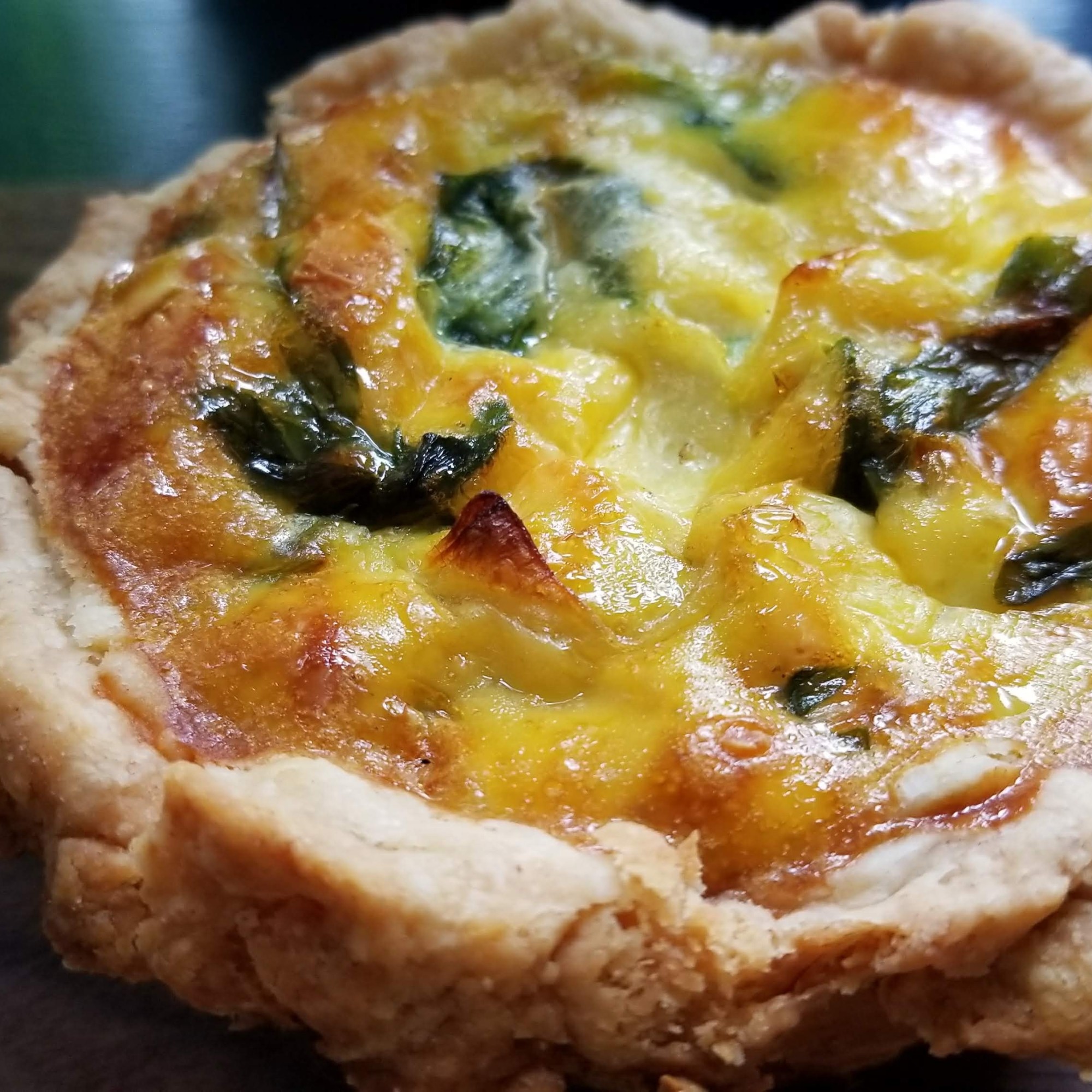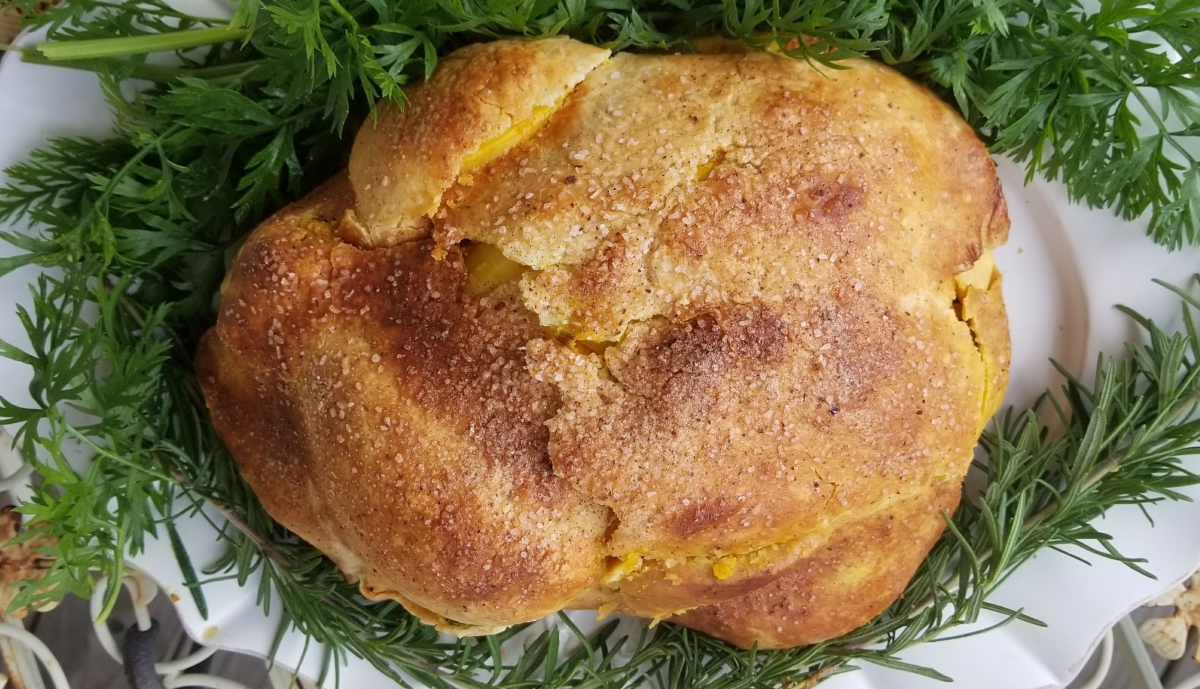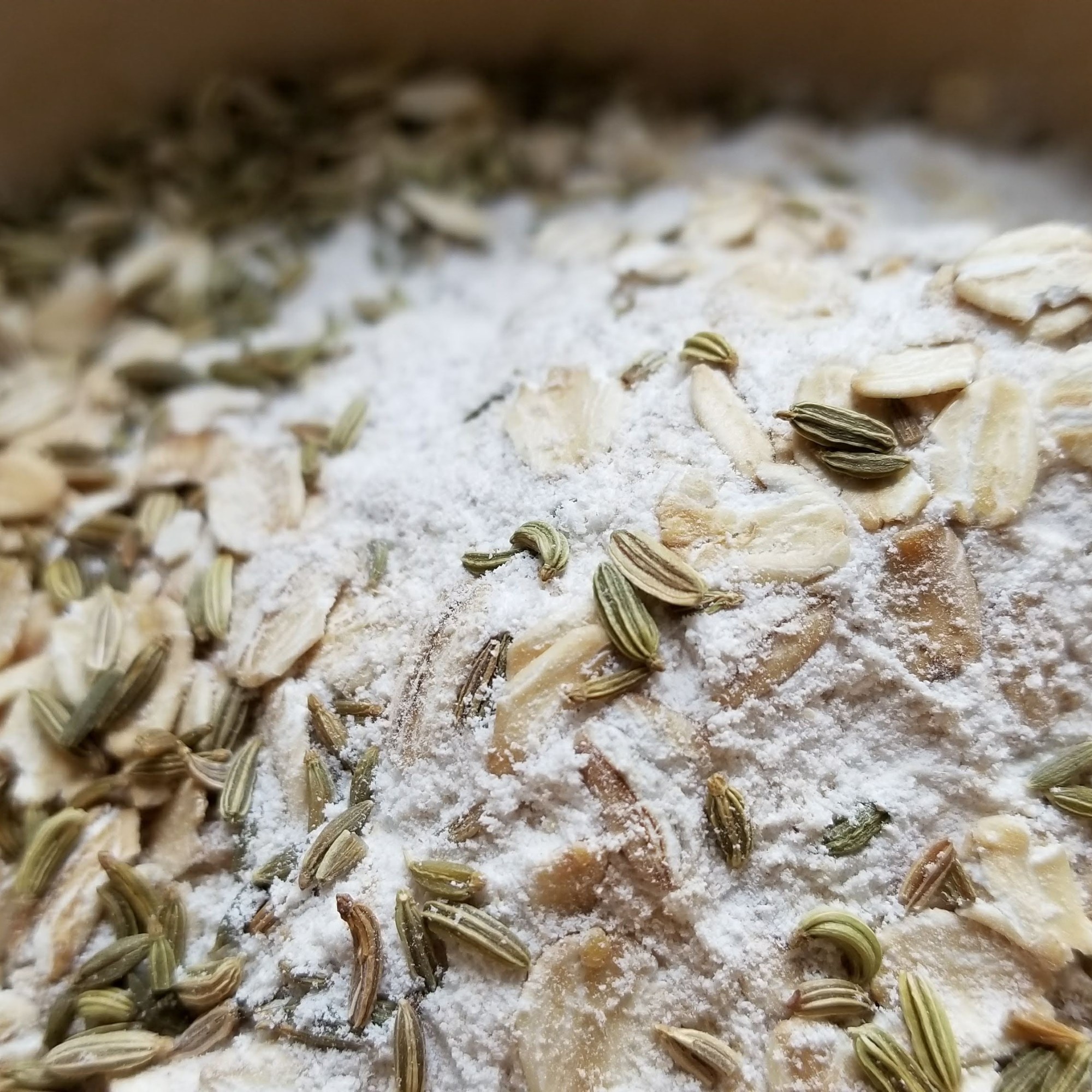Or little pies, really. . .
While cookbooks were certainly written during the Medieval period, they are few and far between compared to the amount produced during the early modern, or “Renaissance” period. And because those later Europeans had similar tastes, by reading their recipes we can learn a lot about the way people ate centuries before them as well.
And like we’ve said before, what people ate was pies. Or tarts. Similar really.
Think of just about any old world ingredient, and you can bet there’s a Medieval recipe for baking it into a pie. With such a wealth of options, it was almost impossible to choose just four, and I feel like I’m leaving some key representations of the period off the table… perhaps there will be a tart flight part 2 in the future…
Until then, I present a humble few. . .
An Apple and Gruyere Tart…


A Marzipan Torte…


An onion tart, or an early version of quiche as we know it today…


And a peach, cherry, and red wine pie


These mainly 16th Century recipes are not all sweet pies, or rather not only sweet. They blur the line between savory foods and desserts, and would be on the table at any time alongside any kinds of other courses.
To get started, we’ll need to make a big batch of pastry crust. . .
Continue reading “Medieval Tart Flight”






























